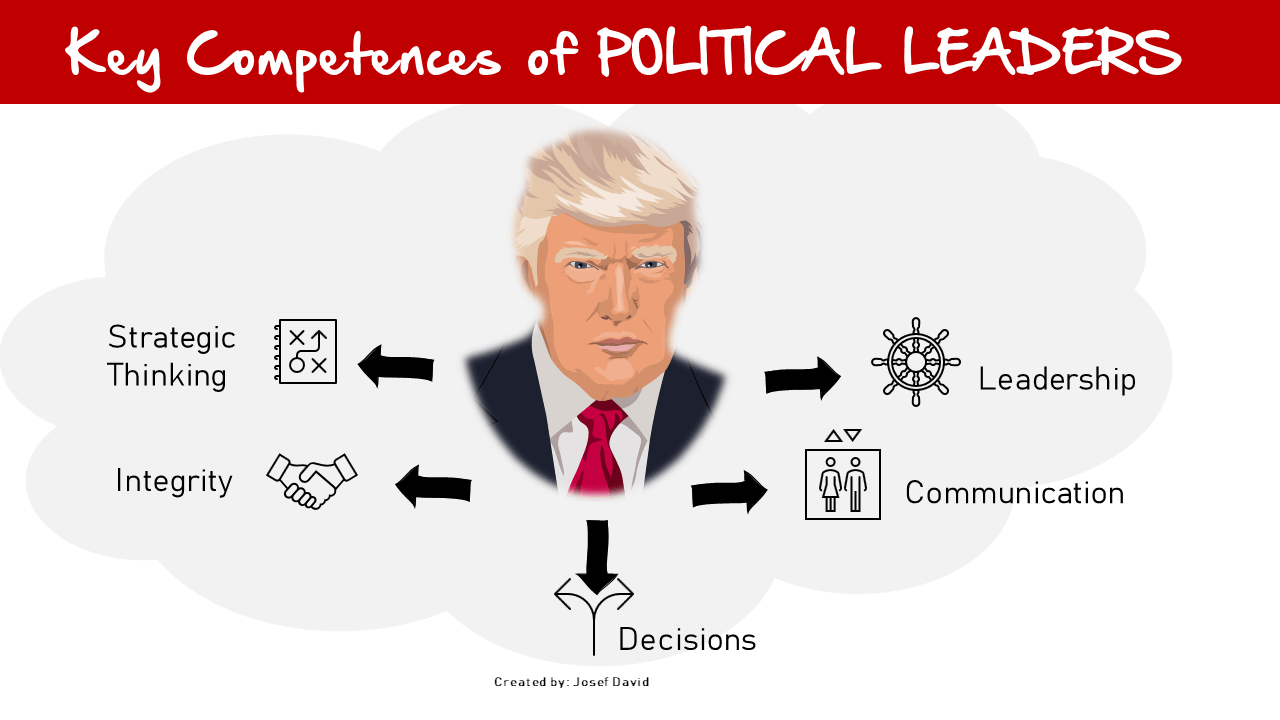Competitor Attacks on Key Customers. Frame, Re-Frame the Problem
When facing competitor attacks on key customers, it’s essential to carefully frame and re-frame the problem to develop effective strategies for response. Here’s how you can approach this situation:
Framing the Problem
Identify the Nature of Attacks:
- What: Analyze how competitors are targeting your key customers. Are they using pricing strategies, better service, or innovative products?
- Why: To understand the specific tactics used by competitors and assess their impact on your customer base.
Customer Vulnerability Assessment:
- What: Evaluate why certain key customers may be susceptible to competitor outreach (e.g., dissatisfaction, changing needs).
- Why: To identify areas of weakness in your customer relationships that competitors may exploit.
Market Positioning:
- What: Assess your position in the market versus competitors.
- Why: To determine if your value proposition is compelling enough to retain key customers.
Communication Review:
- What: Analyze how well your messaging and value proposition resonate with key customers.
- Why: To identify if communication gaps are allowing competitors to gain influence.
Impact on Business:
- What: Quantify the potential financial impact of losing key customers.
- Why: To understand the urgency of the situation and prioritize your response.
Re-Framing the Problem
From a Defensive Stance to Proactive Engagement:
- From: “Competitors are stealing our customers.”
- To: “How can we enhance our value and engagement to strengthen relationships with our customers?”
Turning Challenges into Opportunities:
- From: Viewing the situation as a loss of control over customer loyalty.
- To: Recognizing this as an opportunity to innovate and improve offerings based on customer feedback and competitor insights.
Customer-Centric Perspective:
- From: Focusing solely on what competitors are doing.
- To: Understanding our customers’ changing needs and how we can better meet them than our competitors.
Collaborative Solutions:
- From: Isolating the challenge as a problem for sales or marketing teams.
- To: Bringing together cross-functional teams (e.g., sales, customer service, product development) to collaboratively brainstorm and execute customer retention strategies.
Growth Mindset:
- From: Treating customer loss as a failure.
- To: Viewing it as a chance to identify and address gaps in our offerings, service, or communication, leading to stronger customer loyalty.
Action Steps
Conduct Customer Feedback Surveys:
- Reach out to key customers to understand their current perceptions and concerns.
Competitive Analysis:
- Regularly analyze competitors’ offerings, marketing strategies, and customer engagement tactics.
Enhance Value Proposition:
- Strengthen your product or service offerings by addressing gaps identified through customer feedback and competitor analysis.
Increase Customer Engagement:
- Implement loyalty programs, personalized communication, and regular check-ins to build stronger relationships.
Develop a Rapid Response Team:
- Create a team dedicated to addressing competitive threats in real-time, including customer outreach and addressing concerns promptly.
Innovate Based on Insights:
- Use insights from customer feedback and competitor analysis to innovate new services, features, or enhancements that meet evolving customer needs.
By effectively framing and re-framing the problem, you can move from a reactive mindset focused on competition to a proactive approach centered on customer-centric strategies, ultimately reinforcing your relationship with key customers and enhancing your competitive position in the market.





